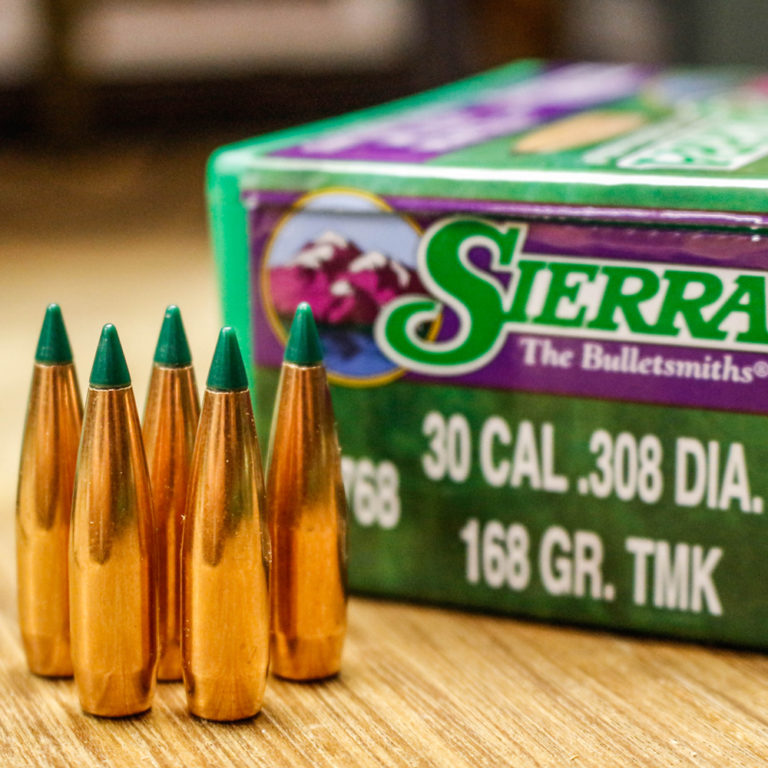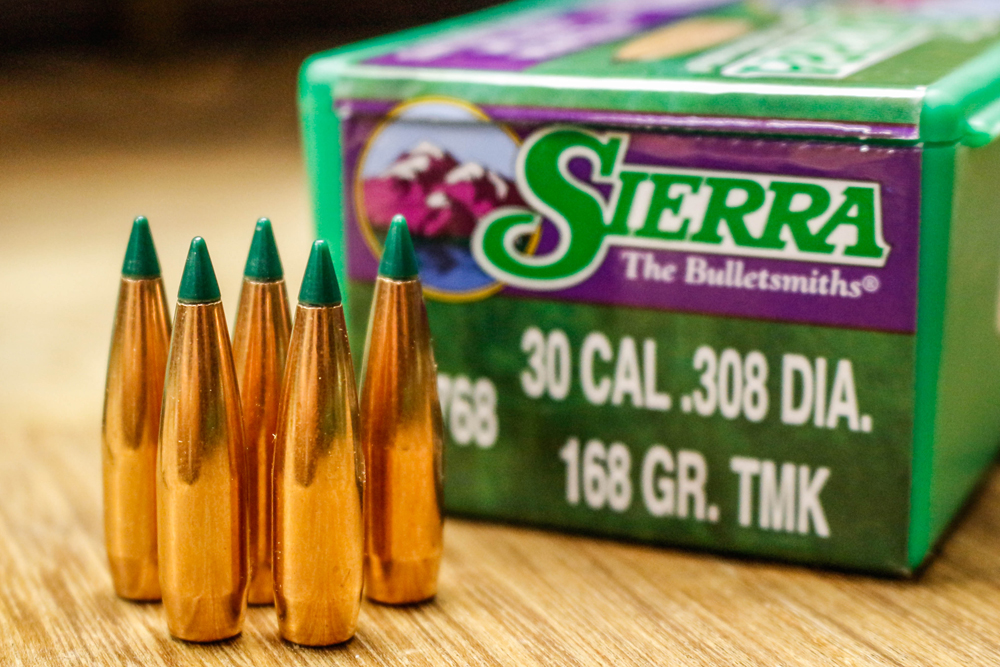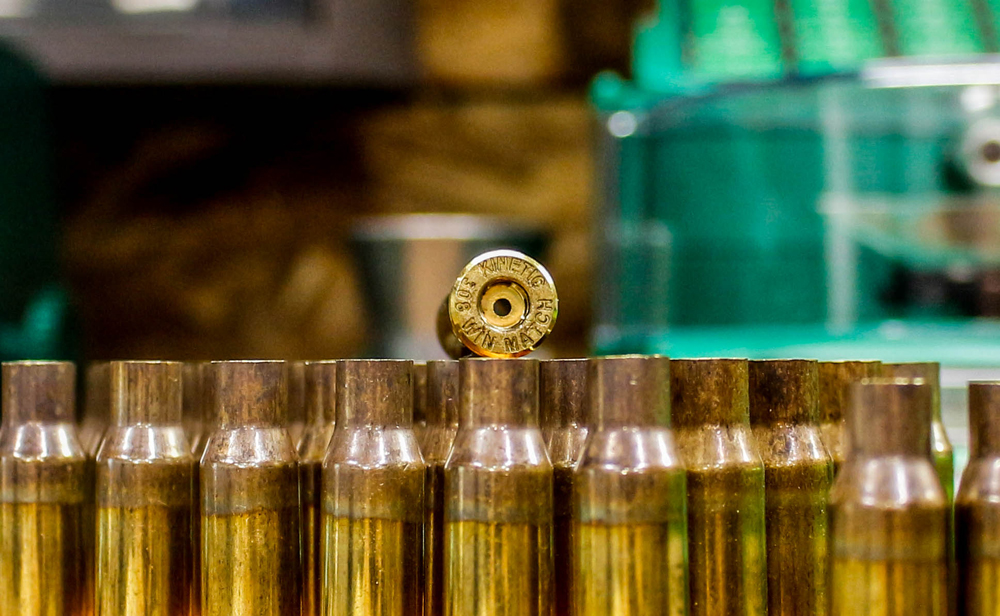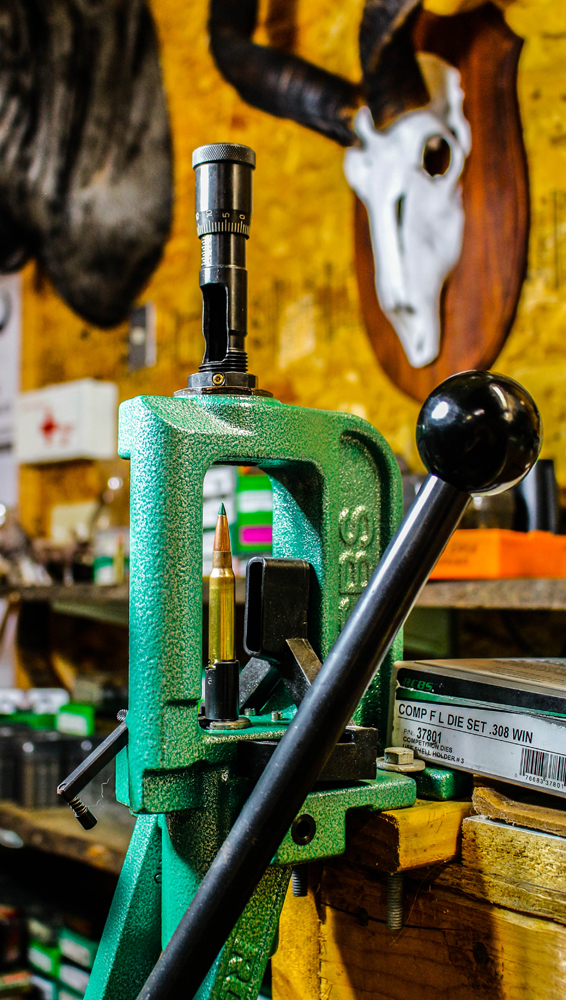
 Increase accuracy by adjusting seating depth for precise loads.
Increase accuracy by adjusting seating depth for precise loads.
If you reload your ammunition, you already appreciate how much control you have over the different parameters of the cartridge. Powder charge, case brand, primer brand, bullet type, etc.; having the ability to choose your poison is paramount. Seating depth is one of those parameters that can make or break accuracy results—a slight shift in seating depth can radically change the group size.
Every barrel has a particular set of harmonics, and when you find a load that agrees with those harmonics, you’ll see accuracy. As many of you know, a slight change in powder charge, say ½ grain or less, or the aforementioned seating depth difference will definitely change your accuracy. If you find a load that works well in your rifle, you can fine-tune it with different seating depths.
We did a little test to evaluate the effects of seating depth in a rifle that has demonstrated great accuracy at 100 yards. My pal Mark Nazi is the proud owner of a Remington 700 in .308 Winchester that loves a Sierra Tipped MatchKing over top of a particular load of Hodgdon’s Varget powder. Spark it with a Federal GM210M primer, and you’ve got a recipe for success. We used Kinetics Match Brass for uniformity. Using a good set of RCBS Competition Dies, and the 168-grain Sierra Tipped Match King set at the SAAMI length of 2.800 inches, we can count on sub-MOA accuracy, but what if we varied that seating depth?

I prepared a series of five-shot groups at seating depths that extended outward at 0.0005-inch increments to see the effects in this particular barrel while using the same powder charge for all the ammo. I first verified that our loads, which extended all the way out to a COL of 2.835 inches, didn’t come in contact with the lands and grooves, as that would create dangerous pressures. I also insisted we fired the groups from short to long, so we could stop at the first sign of dangerous pressure.

The results were eye opening. We set the target out to 300 yards to get a better feel for the group size and measured velocities on my Oehler 35P chronograph. I took notes and ran the spotting scope while my young friend Manny Vermilyea took trigger duty, and we proceeded to fire five-shot groups of each different seating depth, measuring the changes in velocity and group size. As I have found in the past, the cartridges with a longer COL gave increasingly higher velocities. However, the group size was what surprised us. At the SAAMI length of 2.800 inches, the 300-yard group size was just over 3 inches, or one MOA. At 2.805 inches, the group opened up to 5¼ inches, and at 2.810 inches things settled back down to just over 4 inches; not exactly what we knew this rifle was capable of. At 2.815 inches and 2.820 inches, things started to get better, giving group sizes of 3 inches and 2¾ inches, respectively, with velocities averaging just less than 2,660 feet per second (fps). It was when we launched the group that measured 2.825 inches we found what we were looking for. Group size was just under 2 inches, or 2/3 MOA, and velocities averaged 2,644 fps. Slight drop in velocity, but the accuracy was certainly there.
With the 2.830-inch length and the 2.835-inch ammunition, we had definitely found the sweet spot, giving our barrel the harmonics that work best for it.
I’ve seen the same kind of results in other rifles, where you make a minor adjustment in seating depth and find the accuracy changes. Each barrel can be different, having a different sweet spot.
Give it a try with your rifle, but please keep safety first.
This article is an excerpt from the October 2016 issue of Gun Digest the Magazine.

Next Step: Get your FREE Printable Target Pack
Enhance your shooting precision with our 62 MOA Targets, perfect for rifles and handguns. Crafted in collaboration with Storm Tactical for accuracy and versatility.
Subscribe to the Gun Digest email newsletter and get your downloadable target pack sent straight to your inbox. Stay updated with the latest firearms info in the industry.

![Best Concealed Carry Guns In 2025 [Field Tested] Wilson Combat EDC X9S 1](https://gundigest.com/wp-content/uploads/Wilson-Combat-EDC-X9S-1-324x160.jpg)


![Best 9mm Carbine: Affordable PCCs [Tested] Ruger Carbine Shooting](https://gundigest.com/wp-content/uploads/Ruger-Carbine-Shooting-100x70.jpg)
![Best AR-15: Top Options Available Today [Field Tested] Harrington and Richardson PSA XM177E2 feature](https://gundigest.com/wp-content/uploads/Harrington-and-Richardson-PSA-XM177E2-feature-100x70.jpg)

Is your friend’s real name “Mark Nazi”?!
You would need a micrometer to accurately step up in increments of 0.0005″. Even the high-end Mitutoyo calipers have an acceptable error window less precise than that.
“With the 2.830-inch length and the 2.835-inch ammunition, we had definitely found the sweet spot,”
Does the author mean 2.825 as referred to in article ” It was when we launched the group that measured 2.825 inches we found what we were looking for.”
Please clarify
I shoot a 7600 and seat to fit mag.
I’m still shooting nickel size groups at 100.
I’ve noticed partitions will not shoot the same as my other bullets.
I had to develope a New load .48 grains imr4064 on 130 partition.